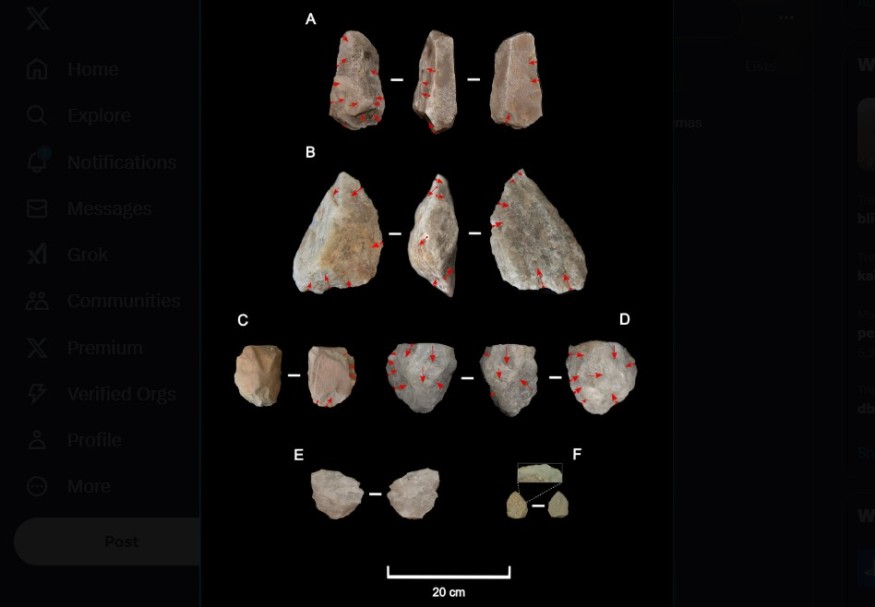
A recent study has revealed that Homo erectus, an early human ancestor, was capable of surviving in desert-like environments 1.2 million years ago.
The findings, published in Communications Earth & Environment, suggest that this ancient species used advanced survival strategies, such as revisiting reliable water sources and crafting specialized tools, to adapt to harsh, arid landscapes. These skills may have allowed Homo erectus to expand its geographic range across Africa and Eurasia, challenging previous assumptions about early human adaptability.
Stone Tools and Water Sources: How Homo Erectus Survived Harsh Deserts
The harsh conditions of deserts, characterized by extreme heat, freezing nights, and scarce water, pose significant challenges for survival. For Homo erectus, thriving in such an environment required innovation and adaptability.
According to PhysOrg, researchers found evidence at Engaji Nanyori in Tanzania's Oldupai Gorge indicating that these early humans repeatedly returned to rivers and ponds over thousands of years, relying on them as critical lifelines for water.
The study also discovered that Homo erectus crafted specialized stone tools, such as scrapers and denticulates (notched tools), likely to improve food processing efficiency. These adaptations were crucial for their survival in semi-desert environments where resources were limited.
For years, scientists believed only Homo sapiens, modern humans, were capable of surviving in extreme environments like deserts. This new study challenges that notion.
Homo Erectus: A Generalist Species Thriving Across Diverse Landscapes
The findings suggest that Homo erectus was not only adaptable but also a generalist species capable of thriving in various landscapes, from grasslands to arid regions, Discover Magazine said.
The study's authors analyzed archaeological, geological, and paleoclimatic data from Oldupai Gorge, one of the world's most significant early human archaeological sites.
Their research revealed that semi-desert conditions, including sparse vegetation and shrublands, persisted in the area between 1.2 million and 1 million years ago. During this time, Homo erectus demonstrated a remarkable ability to adapt, contradicting earlier views that only modern humans had such resilience.
Homo erectus was the first of our ancestors to display human-like body proportions, which may have helped them travel long distances in search of resources. Their adaptability to harsh environments likely played a significant role in their successful migration out of Africa.
© 2025 NatureWorldNews.com All rights reserved. Do not reproduce without permission.






